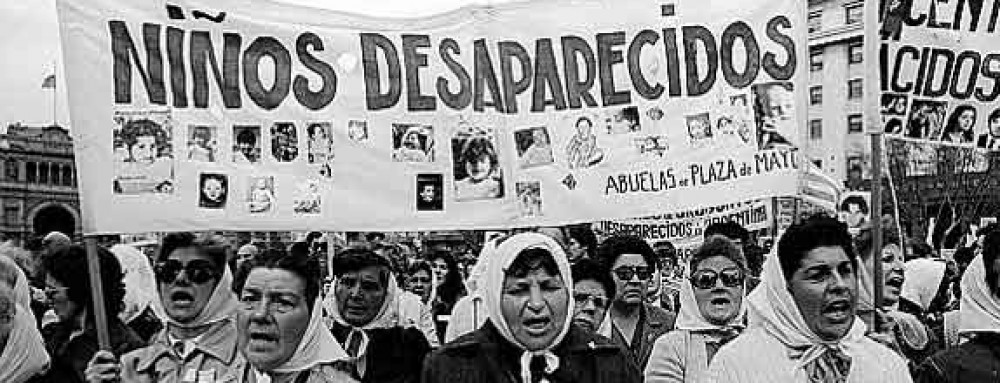I wasn’t expecting to be touched by the story of Eva Peron — after all, she was a politician’s wife from a different country, one I had absolutely no connection to nor its people. However, hearing her story, her mission, her efforts, and her legacy evoked emotions I didn’t see myself experiencing in the Eva Peron Museum; passion and inspiration.
Eva Peron — fondly known as Evita by the Peronists of Argentina — was an actress, a social activist, and the former first lady of Argentina. She died of cervical cancer at the young age of 33 and spent the better half of her life working toward the rights of the working class, children, and women’s suffrage in Argentina.
As a person with little prior knowledge about Evita besides the superficial, visiting the Evita Museum was more than enlightening, it provided me a window through which to see Evita in the way the Argentine people viewed her and showed me why they saw her as such. The museum led us through the four main stages of her life — childhood, stardom, first lady, and activist — and the way I saw it, used her fashion as an integral storytelling tool to illustrate the various stages of Evita’s life.

 “I was faced with two paths: a concrete paved road, that of a President’s wife, and a forest trail, but with the charm of being the one that brought me in contact with the heart of the Argentine people, who are worth any sacrifice and effort”
“I was faced with two paths: a concrete paved road, that of a President’s wife, and a forest trail, but with the charm of being the one that brought me in contact with the heart of the Argentine people, who are worth any sacrifice and effort”
When we walked through the first room, a very powerful quote caught my eye before I necessarily even knew anything about her. Her quote spoke to me profoundly and in my mind, painted an image of a woman who wanted to use her position of power to make a difference to her people, even if it might not be an easy path. As we learned as we walked through the museum and heard about her rise to power, Evita’s actions earned her a spot in a favorable light in the eyes of some but to others, she symbolized change — a threat even — to their positions of power.
Evita’s story to me symbolized a very draining yet powerful story I’ve had repeated to me several times through various historical figures who have tried to push the needle. It’s a story of change, loss, and legacy.






